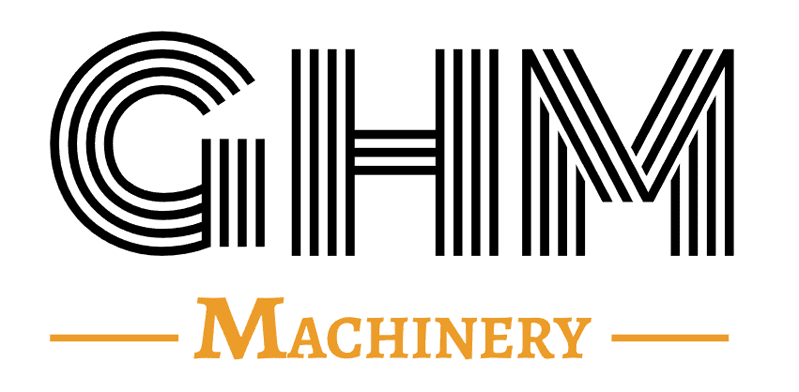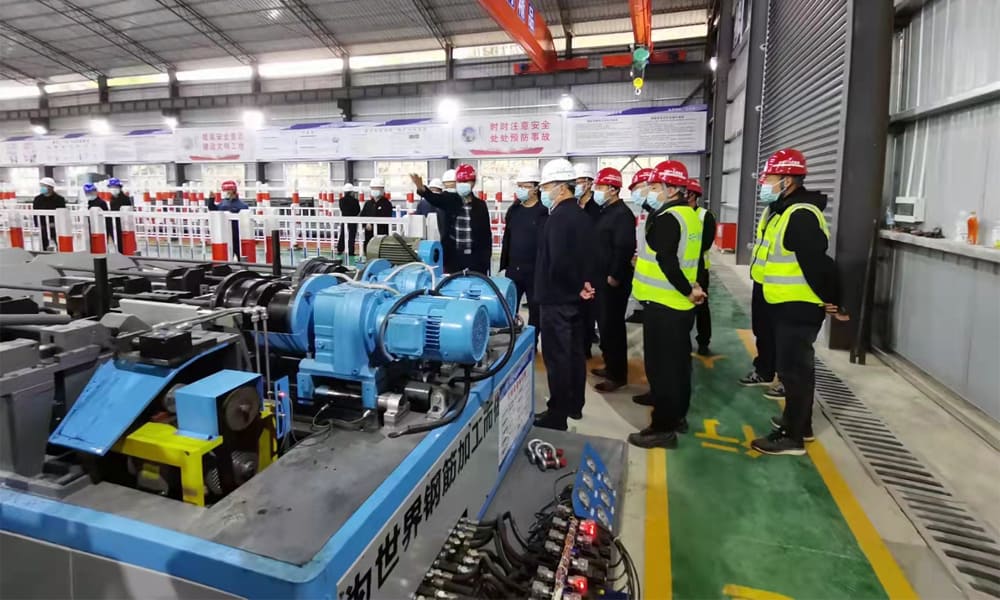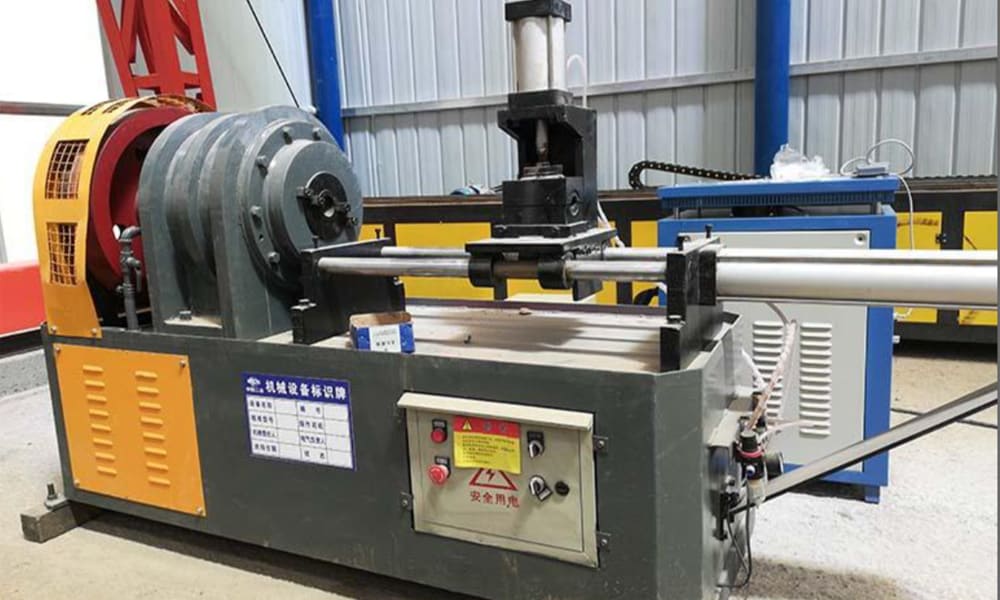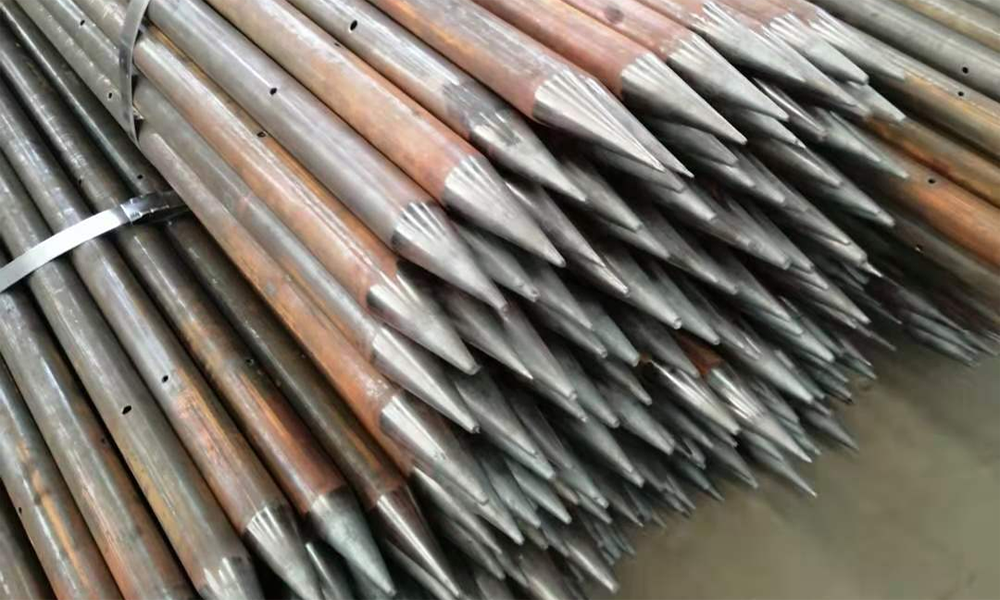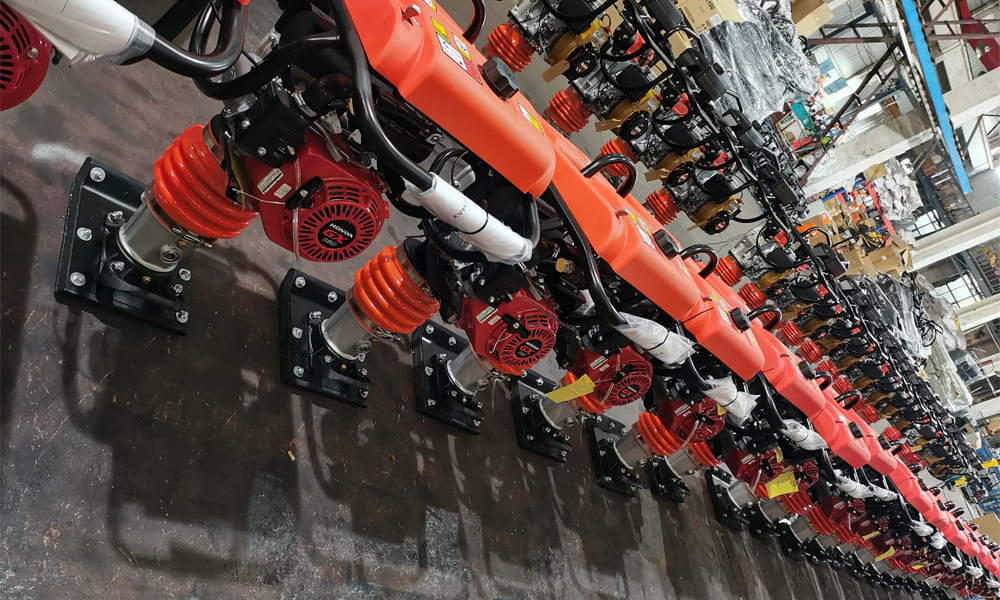The Steel Bar Processing Plant project at Wuhan Tianhe Airport Phase III, led by the China Construction Third Engineering Bureau, highlights the remarkable benefits of using the “BIM Prototype + CNC Processing” model. This innovative approach significantly enhances production efficiency, reduces material waste, and drives cost savings, setting a new standard in construction.
Key Benefits of the Steel Bar Processing Plant BIM Prototype + CNC Processing Model
1. High Material Utilization
- Efficiency: The model achieves a utilization rate of 99.41%, with only 8.9 tons of waste generated from 1,506 tons of processed steel bars.
- Cost Savings: Compared to traditional methods, this model delivers direct economic benefits worth 191,237 yuan through optimized processing.
Six-Step Process Overview
Step 1: BIM PrototypeOpen the 3D BIM model, input parameters like concrete protective layer thickness and steel bar spacing, and generate steel bar distribution in just 30 seconds.
Step 2: Generate Original Bill of MaterialsUse a customized template to quickly export a detailed bill of materials from the BIM model.
Step 3: Optimize the Bill of MaterialsUse a specialized “Material Bill Processing Program” to optimize steel bar lengths, reduce waste, and create detailed processing and sorting bills.
Step 4: Distribute Tasks DigitallyAssign tasks digitally to operators using the “BIM Cloud Management System,” ensuring seamless communication.
Step 5: Import Tasks via BarcodeWorkers scan the barcode from the material plate, and tasks are displayed directly on CNC equipment screens for processing.
Step 6: CNC Rebar ProcessingSelect tasks on the CNC equipment, where steel bars are straightened, bent, and cut with minimal manual involvement, ensuring precision.
Advantages of the BIM Prototype + CNC Processing Model
1. Simplified PrototypingEfficiency: The BIM model allows fast and accurate prototyping, reducing the need for manual experience. Custom-developed reinforcement components simplify both complex and conventional structures.
Error Reduction: Real-time 3D models help detect potential conflicts, such as vertical and horizontal bar interferences, that might only be noticed during on-site installation with traditional methods.
2. Streamlined ProcessingPerformance: In just 70 days, four workers processed 1,506 tons of steel bars at the Wuhan Tianhe Airport site, achieving precise cutting and bending with minimal manual labor thanks to CNC technology.
3. Material Cost SavingsWaste Reduction: BIM and CNC processing allow for highly accurate predictions of material waste, leading to significantly lower losses compared to traditional manual processing.
Field Insights
At the workshop, advanced CNC machines like steel bar bending machines, bar shearing production lines, and two-way moving inclined plane bar bending centers operate alongside auxiliary tools such as gantry cranes and forklifts. The entire process follows the six outlined steps:
- BIM Model Setup: Quick and accurate project setup with automatic steel bar distribution.
- Material Bill Creation: Optimized, accurate bills for processing and sorting.
- Task Distribution: Digital transmission of task orders to the workshop.
- Barcode Scanning: Efficient task importing into CNC machines.
- CNC Processing: Precision and automation lead to efficient steel bar processing with minimal manual intervention.
Conclusion: Revolutionizing Steel Bar Processing
The “BIM Prototype + CNC Processing” model used in the Wuhan Tianhe Airport Phase III project marks a significant advancement in steel bar processing. By combining the power of BIM technology with CNC precision, this method enhances efficiency, minimizes material waste, and lowers costs. It provides a forward-thinking blueprint for future construction projects, demonstrating how technology can modernize traditional practices and improve outcomes across the board.
